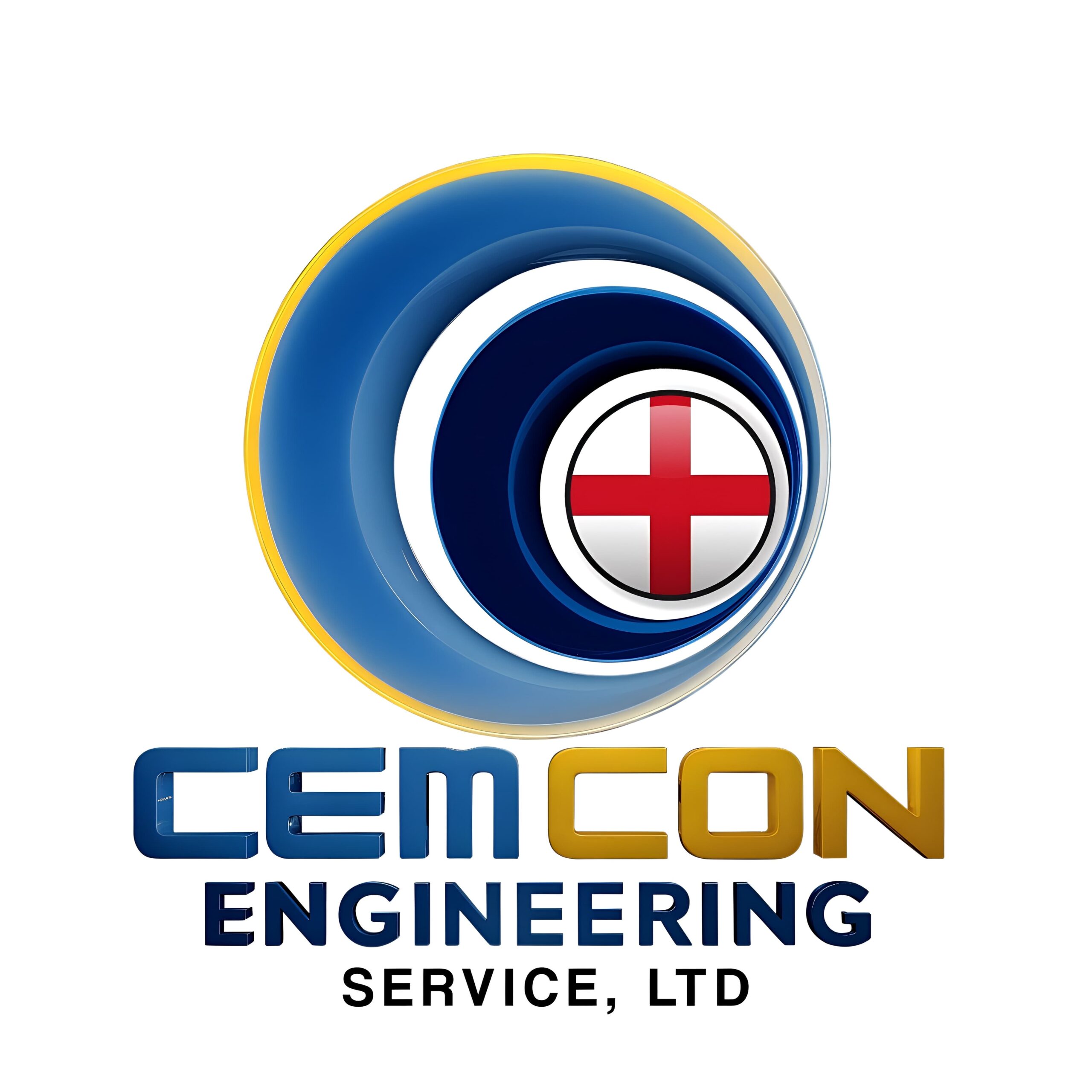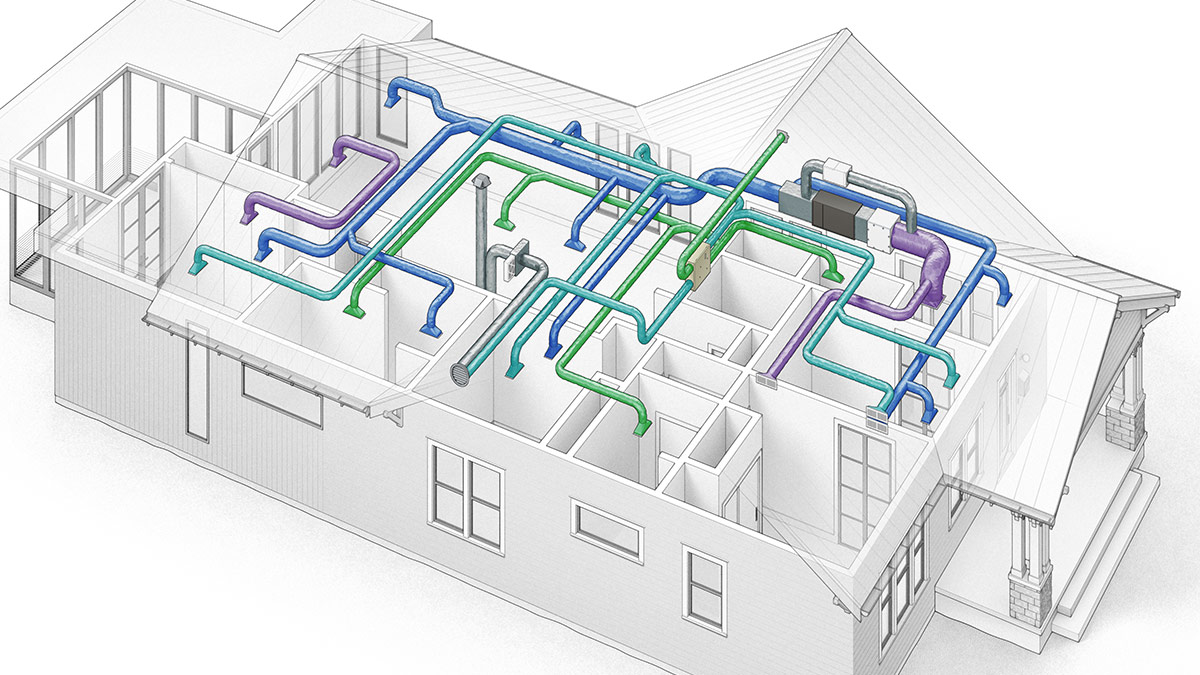As the demand for energy efficiency and environmental sustainability grows, the HVAC (Heating, Ventilation, and Air Conditioning) industry is undergoing significant transformations. Innovations in technology and design are driving the future of HVAC systems, making them more efficient, intelligent, and eco-friendly. Here, we explore some of the most exciting trends and innovations shaping the future of HVAC systems.
1. Smart HVAC Systems
Internet of Things (IoT) Integration
The integration of IoT in HVAC systems is revolutionizing the way we manage indoor climates. Smart HVAC systems equipped with IoT sensors can monitor and adjust temperature, humidity, and air quality in real-time. These systems offer remote control through smartphones or tablets, allowing users to optimize settings for comfort and energy savings even when they are away from home or the office.
Predictive Maintenance
Predictive maintenance uses data analytics and machine learning algorithms to predict when HVAC components are likely to fail. This proactive approach reduces downtime, extends the lifespan of the equipment, and lowers maintenance costs. By analyzing data from sensors, predictive maintenance systems can alert technicians to potential issues before they become critical.
2. Energy Efficiency and Sustainability
Variable Refrigerant Flow (VRF) Systems
VRF technology allows for precise control of the refrigerant flow to multiple indoor units, enabling individual temperature control in different zones. This reduces energy consumption by adjusting the cooling or heating load based on the specific needs of each zone. VRF systems are highly efficient and ideal for buildings with varying occupancy levels.
Renewable Energy Integration
HVAC systems are increasingly being designed to integrate with renewable energy sources such as solar and geothermal energy. Solar-powered HVAC systems use photovoltaic panels to generate electricity, while geothermal systems harness the stable temperatures underground for heating and cooling. These renewable energy solutions significantly reduce the carbon footprint and operational costs of HVAC systems.
3. Advanced Air Quality Management
UV-C Light Technology
UV-C light technology is gaining popularity for its ability to disinfect air and surfaces by destroying bacteria, viruses, and mold spores. HVAC systems equipped with UV-C lights can improve indoor air quality by reducing the concentration of harmful microorganisms, making them particularly valuable in healthcare facilities and commercial buildings.
Enhanced Filtration Systems
Advanced filtration systems, such as HEPA (High-Efficiency Particulate Air) filters and activated carbon filters, are becoming standard in modern HVAC systems. These filters can capture airborne particles, allergens, and odors, ensuring cleaner and healthier indoor air. Some systems also include sensors that monitor air quality and automatically adjust filtration levels as needed.
4. Innovative Design and Materials
Modular HVAC Systems
Modular HVAC systems offer flexibility and scalability, making them suitable for a wide range of applications. These systems consist of pre-engineered modules that can be easily added or removed to meet changing demands. Modular designs simplify installation, reduce initial costs, and allow for easy upgrades and expansions.
Phase Change Materials (PCMs)
Phase change materials are being incorporated into HVAC systems to enhance energy efficiency. PCMs absorb and release thermal energy during phase transitions (e.g., from solid to liquid), helping to regulate temperature fluctuations. By storing and releasing heat as needed, PCMs reduce the energy load on HVAC systems and improve overall performance.
5. Artificial Intelligence and Automation
AI-Driven Climate Control
Artificial Intelligence (AI) is transforming HVAC systems by enabling intelligent climate control. AI algorithms analyze data from various sensors and external sources, such as weather forecasts, to optimize HVAC operation. These systems can learn user preferences, adjust settings for maximum comfort, and minimize energy consumption without manual intervention.
Building Automation Systems (BAS)
Building automation systems integrate HVAC with other building systems, such as lighting, security, and occupancy sensors, to create a cohesive and efficient environment. BAS can automate HVAC operations based on occupancy patterns, time of day, and other factors, enhancing energy efficiency and reducing operational costs.
Conclusion
The future of HVAC systems is bright, with advancements in technology driving greater efficiency, sustainability, and comfort. From smart systems and renewable energy integration to advanced air quality management and AI-driven automation, these innovations are set to transform the way we experience indoor environments. As these trends continue to evolve, HVAC systems will play a crucial role in creating healthier, more comfortable, and energy-efficient spaces.
Stay tuned to our blog for more updates on the latest trends and innovations in the HVAC industry!

